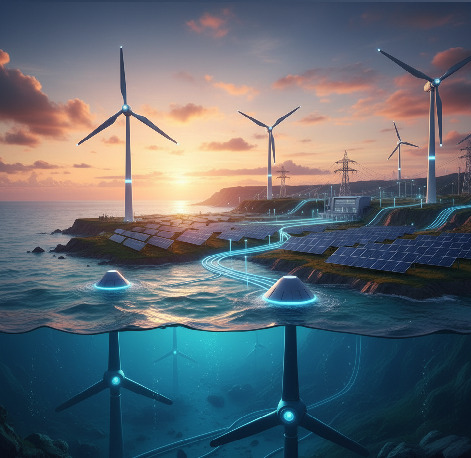Jeju Room Salon Prices are Appealing due to Renewable Energy Innovations
Travelers exploring Jeju’s nightlife may encounter details on Jeju room salon prices (제주룸싸롱 가격), which vary depending on the range of services and experiences offered. These venues are not only part of the island’s entertainment culture but also highlight how markets evolve in response to consumer demand and shifting expectations.
A similar principle of adaptation is evident in the field of renewable energy, where innovations like tidal power are gaining attention as sustainable alternatives to traditional solar and wind systems. Just as Jeju’s nightlife scene reflects flexibility and variety, tidal energy represents how industries innovate to meet future needs while balancing efficiency and sustainability.
Understanding Tidal Energy
Jeju room salon prices reflect a market shaped by steady customer demand, tidal energy thrives on the natural rhythm of the ocean.
Harnessing the predictable rise and fall of tides delivers a level of consistency that solar and wind cannot always guarantee.
This reliability makes tidal power especially appealing for coastal regions, where strong marine activity turns a natural cycle into a dependable energy source. Both examples, whether in entertainment or sustainability, show how stability and foresight drive long-term success.
Jeju Room Salon Prices and Market Shifts
Much like how Jeju entertainment venues adjust their pricing to remain competitive and attractive, tidal energy projects must justify their upfront costs with long-term value. Installation expenses are steep due to advanced engineering and marine infrastructure.
However, the efficiency and predictability of tidal flows help balance the equation over time. Instead of replacing solar and wind, tidal power integrates into the broader renewable mix, offering stability when other sources fluctuate. Together, these complementary technologies form a more resilient and diversified energy landscape.
Comparing Energy Sources
Renewable energy systems are strongest when diverse. Solar power brings affordability in sunny regions, wind energy captures the strength of consistent breezes, and tidal energy contributes reliability rooted in predictable ocean patterns. Each has its limits, but together they form a complementary network that ensures stability.
This combined approach is what makes true energy security possible, reducing dependence on any single source and building resilience against future challenges.
Future of Renewable Innovation

As governments and private investors increasingly recognize the potential of tidal energy, pilot projects are moving from concept to reality in coastal regions worldwide. When integrated with established renewables such as solar and wind power, tidal systems help create cleaner, more reliable energy grids. Support on these projects help big time in terms of reducing dependence on fossil fuels.
The global energy sector continues to evolve in response to sustainability demands. This transformation not only supports climate goals but also paves the way for a resilient future where diverse energy sources work together for long-term stability.

